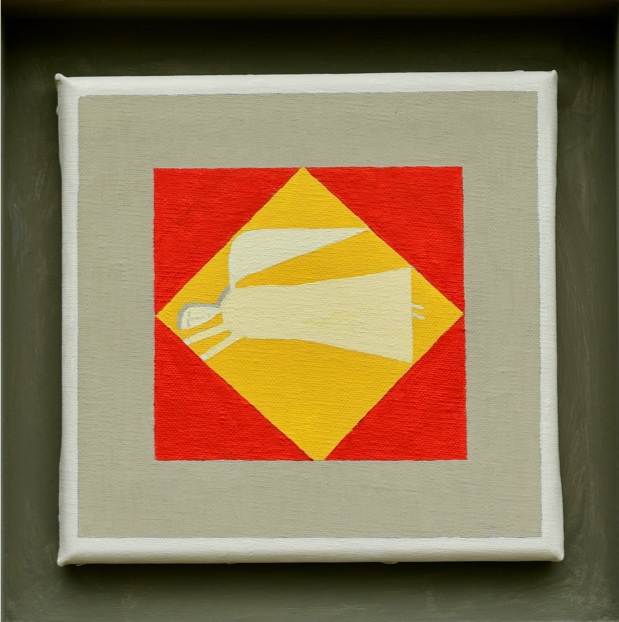Abstract
This article considers the affective and conceptual work demanded in sophisticated moments of ekphrasis that abound in twelfth-century Old French romances, with particular attention to Alexandre de Paris's Roman d'Alexandre (1180s) and to two of the trio of romans d'antiquité, composed in French at the court of Henry II in England: the Roman de Thebes (c. 1150) and Benoît de Sainte-Maure's Roman de Troie (1165). Of concern is the description of mechanical artefacts or tents that are depicted with representations of temporal progression, in the light of Virgil, Aeneid 8, and Homer, Iliad 18, available to twelfth-century Latins via Baebius's abbreviated Latin epitome. Narrative time stops for these ekphrastic moments which describe the pictorial representation of time. Henri Bergson's concept of duration (durée) and Boethius's representation of human and divine time in Consolation of Philosophy, 4 are used to think through the productive tension between time as forward movement, as represented through narration, and time as juxtaposed stasis, by which events all happen simultaneously, as represented through pictorial representation. Beyond that, the cosmic implications of these temporal questions bring out the relationship between twelfth-century literary ekphrasis and the medieval reception of the cosmogony of Plato's Timaeus. Particular attention is paid to the marvellous tents of Adrastus in the Thebes and of Alexander the Great in the Alexandre; to the chariot of Amphiaraus in the Thebes with its depiction of Ovidian myth and Macrobian cosmos; and to the astonishing cosmogrammatical automaton in the Troie's Chamber of Beauties. Ekphrases of artefacts representing time and the world clearly resonated with medieval audiences; rather than being superfluous to the action, they appear as fundamental to the composition and performance of historical narrative in French romance.

This work is licensed under a Creative Commons Attribution-ShareAlike 4.0 International License.
Copyright (c) 2023 Jonathan Morton

